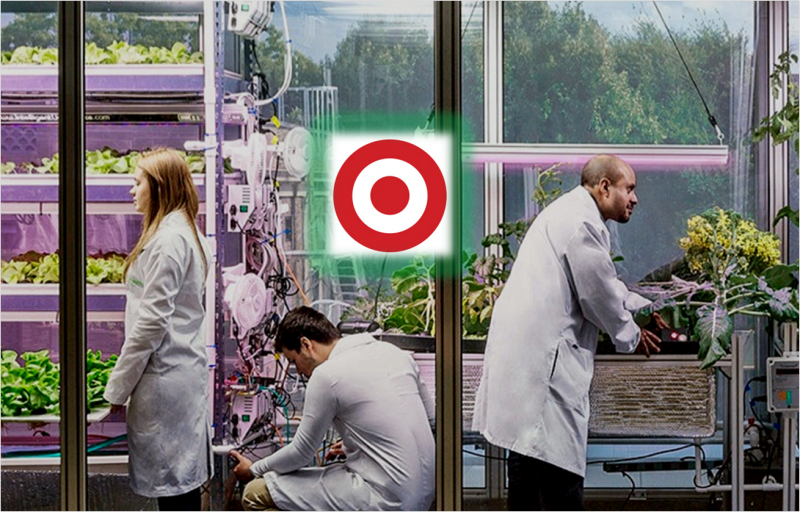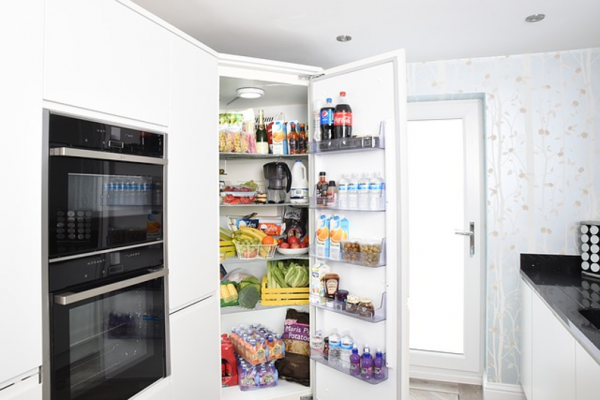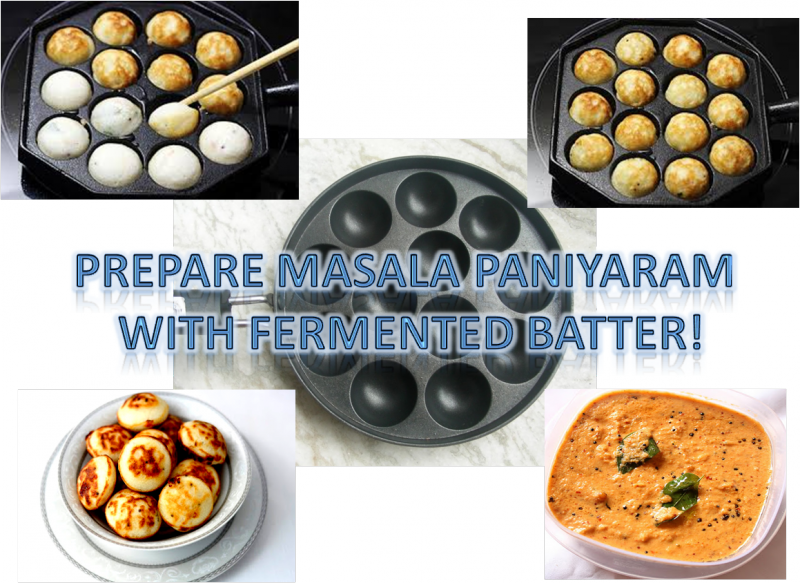Refrigerators are designed to keep and store the foods in certain way so that the freshness remains and foods will not spoil for many days. From fresh vegetables to leftovers depending on the temperature and humidity of the refrigerator – foods should be separated and stored.
Remember to keep your refrigerator below 40°F. At this temperature, bacteria that spoil food grow slowly. Buy a refrigerator thermometer at the supermarket and keep it in your fridge.
Where different foods are stored in refrigerators?
In upper Shelves: The top shelves have the most consistent temperature in the fridge. Use them for dairy, drinks, ready-to-eat foods, and leftovers.
- Refrigerate all dairy products promptly and preferable in the back of the refrigerator because it’s colder. Cover well so they don’t pick up other odors. Leave cottage cheese, yogurt, sour cream, milk, and cream in the containers they came in.
- Fresh leafy vegetables and herbs like cilantro, parsley, bread varieties also can go on the top shelf.
- Close leftover containers and store them – Refrigerate even if leftovers are still warm – to ensure they do not enter the danger zone, between 40°F and 140°F. Carefully date leftovers and keep them at the front of the refrigerator where you can see them and use them right away. Discard all leftovers after four days.
Lower Shelves: Keep packages of raw meat, poultry and fish in a separate plastic bag, a bowl or a pan on the lowest refrigerator shelf. This keeps juices from dripping onto other foods, and the lowest shelf is usually the coldest.
Door: The warmest area of the fridge, room-temperature air gushes in every time the door is opened. Put your least perishable items on the door, with most of the space taken up by condiments. The refrigerator door is the warmest part of the fridge, so only condiments should go there. Do not store eggs or milk in the door, as they should be placed in a colder part of the refrigerator. Even though some fridges have door compartments for butter and eggs, it is best to keep them elsewhere. Some juices can be kept here. For example orange juice is pasteurized and the citric acid naturally prevents bacteria growth.
Drawers: Keep fruits and vegetables separate and store like with like: apples with apples, carrots with carrots. Refrigerate cut or peeled produce, or cooked fruit or vegetables, even if purchased pre-cut or peeled.
Most humidity drawers are adjustable with a few clicks between low and high. Put things that tend to rot in a drawer with a low-humidity setting. This includes fruits and veggies that emit an ethylene gas, like apples and pears. Things that wilt go in the high-humidity drawer. This will be leafy greens, like arugula, spinach, and herbs. How to prepare vegetables for storage? See few examples below:
Artichokes: Sprinkle with a little water and store in a plastic bag.
- Asparagus: Wrap stalk ends in damp paper towel and place in a plastic bag.
- Beets: Cut off the green tops and refrigerate them separately.
- Bell Peppers: Store in a plastic bag.
- Broccoli: Store in an open plastic bag in the crisper.
- Brussels Sprouts: Keep in a plastic bag.
- Cabbage: Store in a perforated plastic bag in the crisper.
- Carrots: Remove the green tops; keep in plastic bag in the crisper.
- Cauliflower: Store in an open plastic bag in the crisper.
- Celery: Store in a plastic bag in the crisper.
- Corn: Keep the husks on until ready to cook.
- Cucumber: Store in a plastic bag.
- Eggplant: Keep in a plastic bag.
- Green Beans: Store in a tightly closed plastic bag or airtight container.
- Green Onions: Store in a plastic bag.
- Kale: Keep in a perforated plastic bag in the crisper.
- Leeks: Store in loosely closed plastic bag.
- Lettuce: Keep in loosely closed plastic bag in the crisper.
- Mushrooms: Store in a paper bag – plastic makes them spoil faster.
- Peas: Store in a perforated plastic bag.
- Radish: Remove the green tops before storing in a plastic bag.
- Spinach: Store in a perforated plastic bag in the crisper.
- Turnips: Keep in a plastic bag.
- Zucchini: Store in a plastic bag.
Do not store garlic, onion, shallot, sweet potato, potato, arabi in refrigerator.
Freezer: Always keep your freezer at zero degrees (0°) or below to maintain the quality of frozen foods. Most foods will maintain good quality longer if the freezer temperature is -10 to -20°F. At temperatures between 0 and 32°F, food deteriorates more rapidly.
If stored properly in airtight containers, most whole grain flours and meals will keep for 1 to 3 months on a cool, dry pantry shelf or 2 to 6 months in the freezer.
In freezer you can also store – pizza dough – base, ready to eat packs – daal, rice items, left over pancakes, waffles, cakes, firm cheese, ice cream, candy etc.
Some suggestions:
- Store all foods wrapped or in covered containers.
- Leave food in its store wrapping unless the package is torn.
- Do not keep perishable foods at room temperature for longer than two hours.
- Avoid overloading your refrigerator because cold air needs room to circulate.
- Once a week, clean out the refrigerator. Discard any questionable foods rather than risk food poisoning.
- Use fresh meat, poultry and fish within a couple of days.
- Remove any moldy items and clean the containers.
- To clean refrigerator, remove all stuffs out. Take a bowl heat a cup of water and add baking soda and few drops of lemon juice in it. Store this inside refrigerator for few minutes to take out all odor. And, prepare another bowl of same mix and using paper towel clean inside the fridge.
- Maintain your refrigerator between 34°F and 40°F. Refrigerator thermometers are available to help monitor the temperature inside the appliance. See more on thermometers.
- Label frozen food items, maintain a rotation system and use the items with the oldest dates first.
- Allow proper air circulation in the freezer.
- Buy proper containers and storage bags that are reusable to store foods.
For more information about how long one can store various types of foods in refrigerator please visit: http://www.fda.gov/downloads/Food/FoodborneIllnessContaminants/UCM109315.pdf
Image credit: Image by difisher from Pixabay (Free for commercial use)





